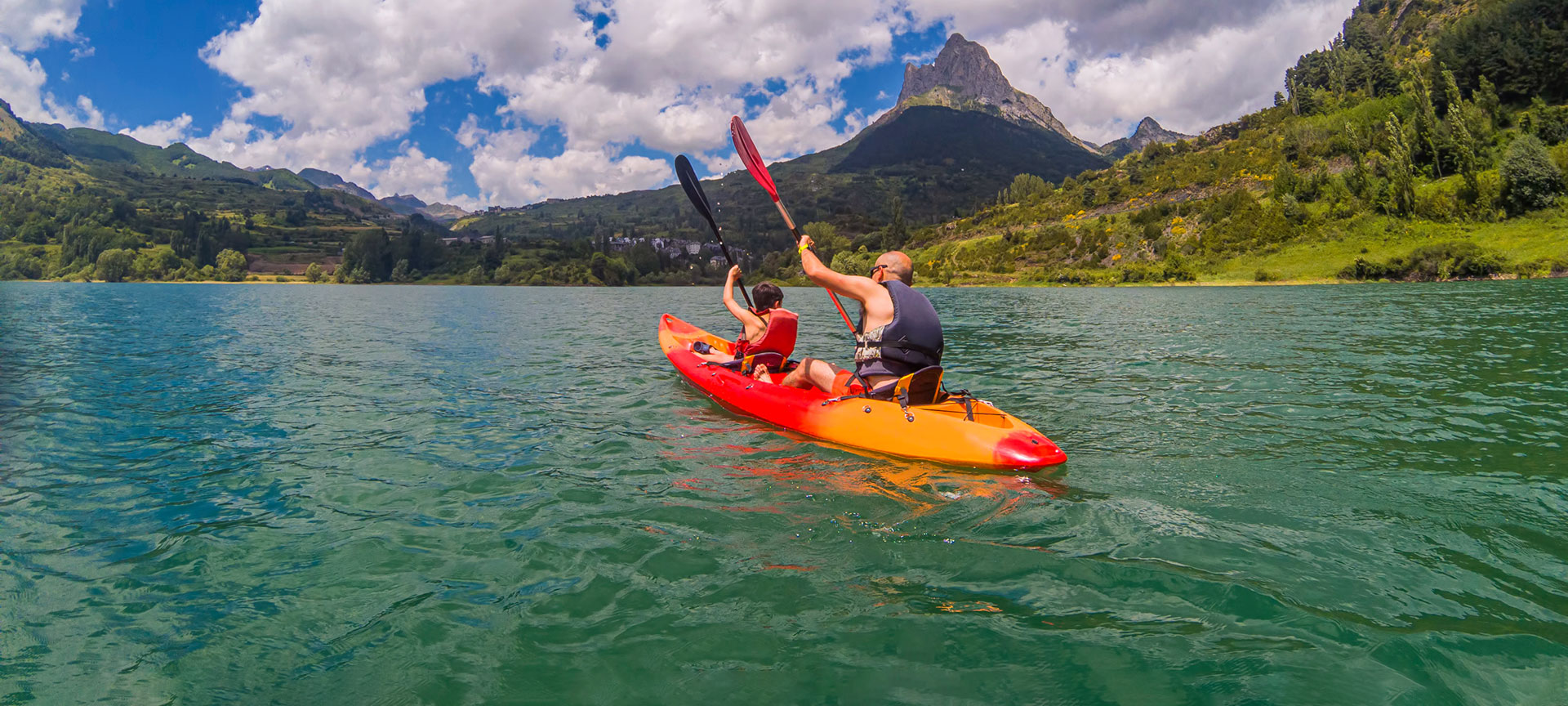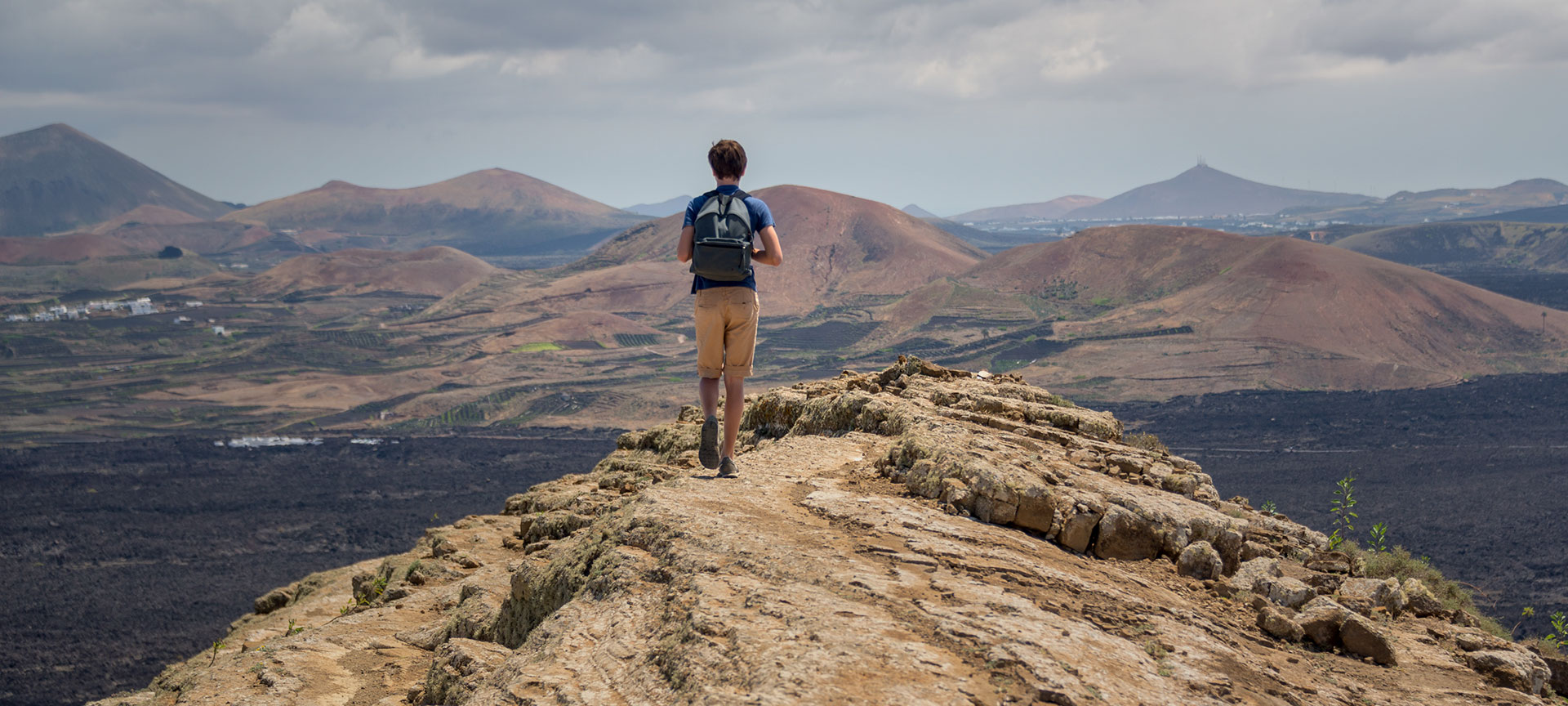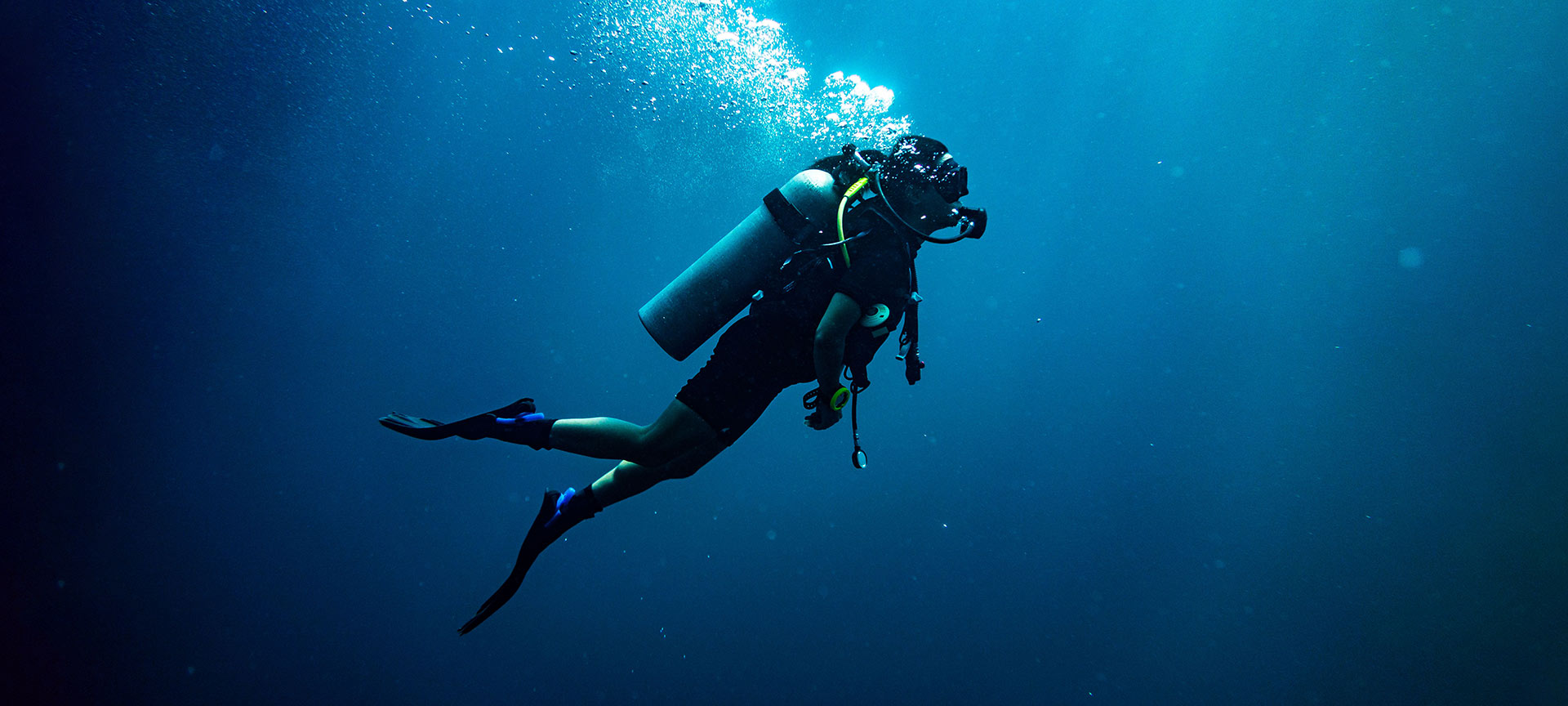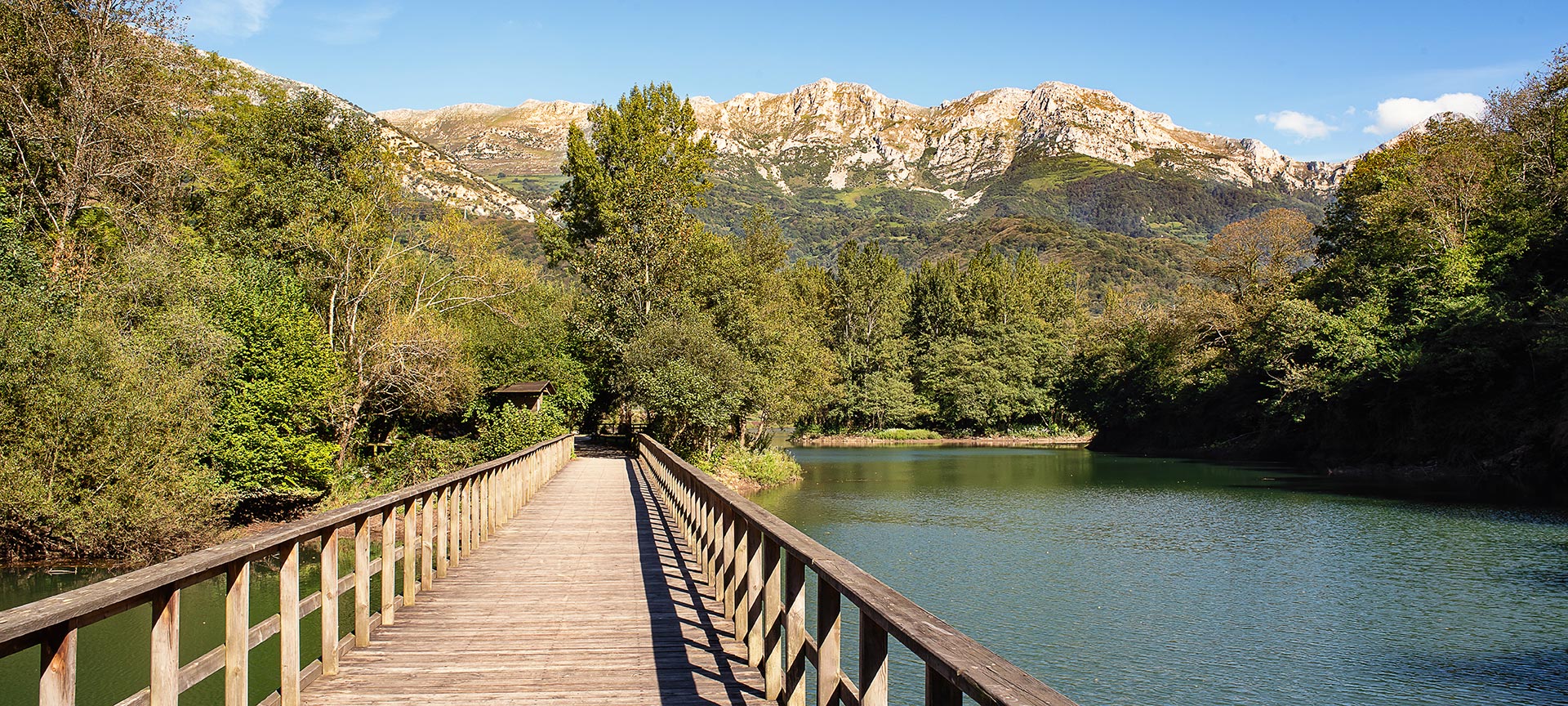Your body wants nature, to breathe fresh air and make plans outdoors. And your mind asks you to be respectful of the environment and always look for sustainable activities. Both ideas are possible with the six plans below. They are just a small sample of some of the eco-friendly plans available to do in nature in Spain.
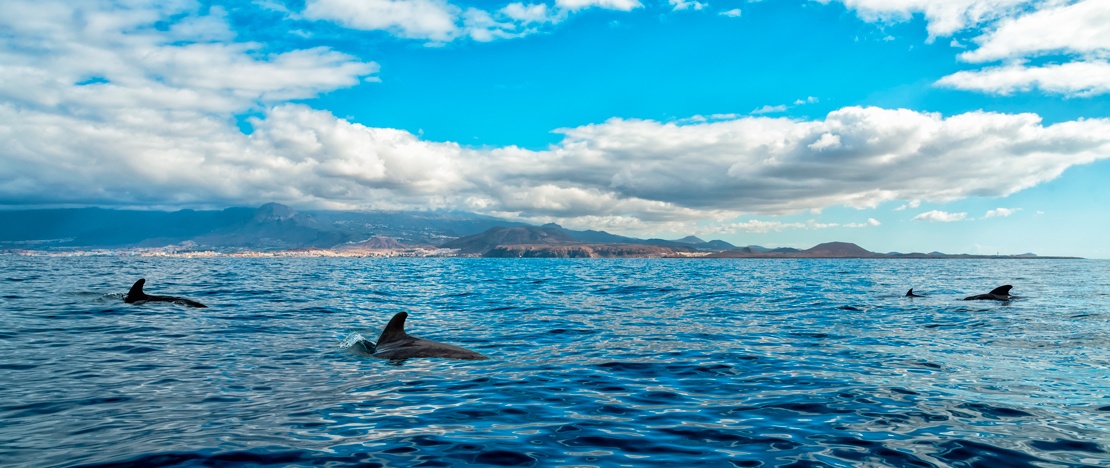
Discover the first whale heritage site in Europe
Where? At The Teno-Rasca marine strip between the islands of Tenerife and La Gomera (Canary Islands). The World Cetacean Alliance has awarded the area this important recognition for having a unique population of pilot whales in the world (more than 500 specimens), for being an important migratory route for cetaceans and for promoting responsible observation of these animals.In an area about 22 kilometres long, you will be able to observe whales and dolphins responsibly, respecting their natural habitat at all times. Sign up for an excursion where, in addition to learning about these fascinating animals, you will be supporting a local community that works for cetaceans: companies, local residents, NGOs, etc.
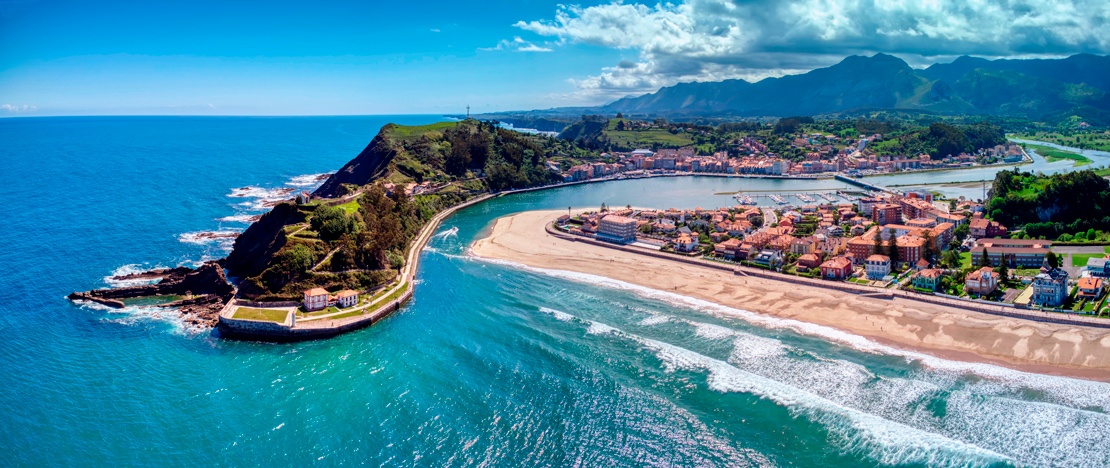
Be captivated by the legend of the kraken
In the Cantabrian Sea, specifically about 65 kilometres from the coast of the beautiful coastal town of Ribadesella (Asturias), there is a large underwater mountain known as El Cachucho: the first Marine Protected Area in Spain. The fascinating fact about this mountain is not only that it rises abruptly from almost 4,000 metres deep to 425 metres at its summit, but also that its fauna includes species typical of oceanic seamounts to species more typical of the platform. In total, more than 740 species have been identified in its depths, and at least five of them have been described as new to science. A few examples: the loggerhead turtle, the bottlenose dolphin and the giant squid, known as the kraken. If you travel to this area, especially from the Ribadesella marina, you can go diving, surfing or sign up for a sea route by boat along the “Asturian Jurassic coast”. And if you want to learn more about the kraken, just an hour and a half away by car you will find the Luarca Giant Squid Museum.
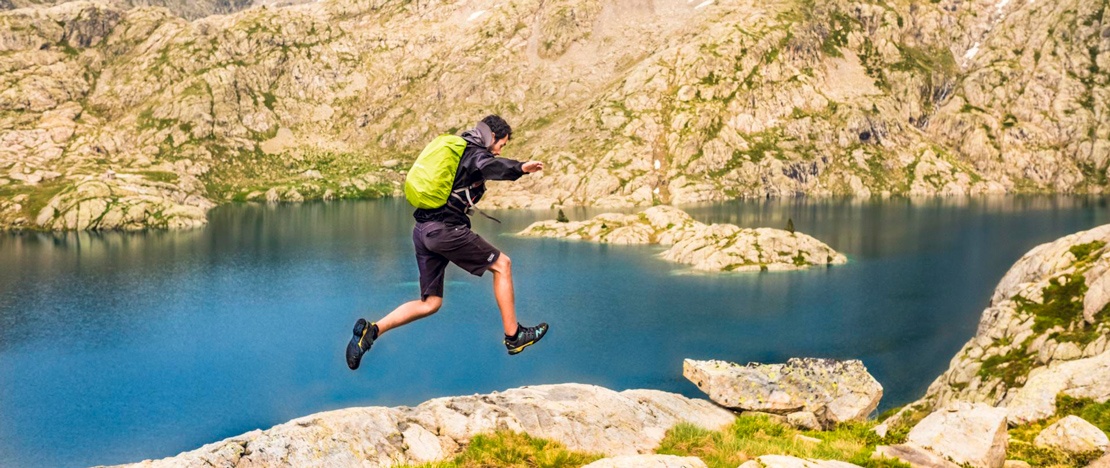
“Ibonea” through the Pyrenees
“Ibón” is the word used in Aragon to describe a high-mountain Pyrenean lake of glacial origin. If you travel to this area of Spain, you will see that its great peaks hide more than 200 freshwater islands like a treasure in the middle of a spectacular mountain landscape. There are many routes to discover the lakes: you can reach some by car, others on foot and you also have the option of riding a tourist train. Seeing these natural wonders up close is like traveling back in time, as they began to form 40,000 years ago.Keep in mind that the Aragonese lakes are protected. Preserving them is everyone's duty. More information
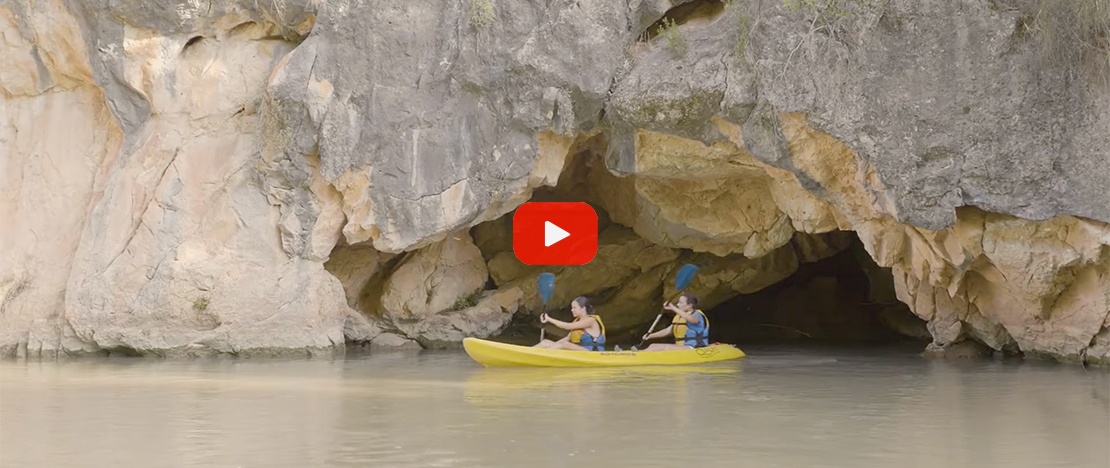
Try eco-tourism rafting in Murcia
Specifically, you can do it in the Almadenes canyon (in Calasparra and Cieza). If you are a lover of unspoiled nature, you will find this area of the Segura river fascinating. Here, you will find species such as the eagle owl and the otter. The best option is to sign up for an activity organised by local companies, such as a river tour in an inflatable boat or kayak. Along the route, you will stop to visit the cave paintings of the Monigotes cave. The activities are always aimed at avoiding the degradation of this natural space.
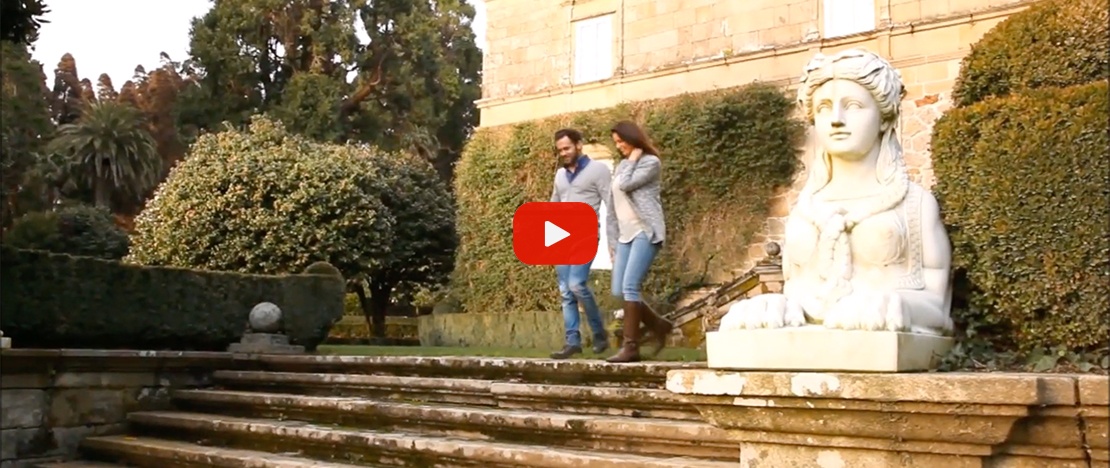
Walk the Route of the Camellia in Galicia
Would you like to discover the most spectacular camellia gardens in this area of northeastern Spain? You will find more than 8,000 different varieties of this plant and several routes to discover them. In this area, the camellia is known as “winter flower” (it blooms from December to April) or “Galician flower” since, although it arrived from China and Japan 300 years ago, Galicia boasts the largest collection and variety of camellias in Europe and defends the care for and knowledge of this precious plant. There are several routes to discover them that will take you into impressive pazos (Galician manor houses with incredible gardens) such as the Quiñones de León Pazo-Museum, the Rubiáns Pazo, the Pazo de Oca (with some of the oldest camellias in Europe) and the Pazo de Santa Cruz de Ribadulla (a unique forest, with more than 200 varieties). But you can also see them in other spaces such as the beautiful parks of O Castro (Vigo), Alameda (Santiago de Compostela) and the Soutomaior Castle and its botanical park. More information.
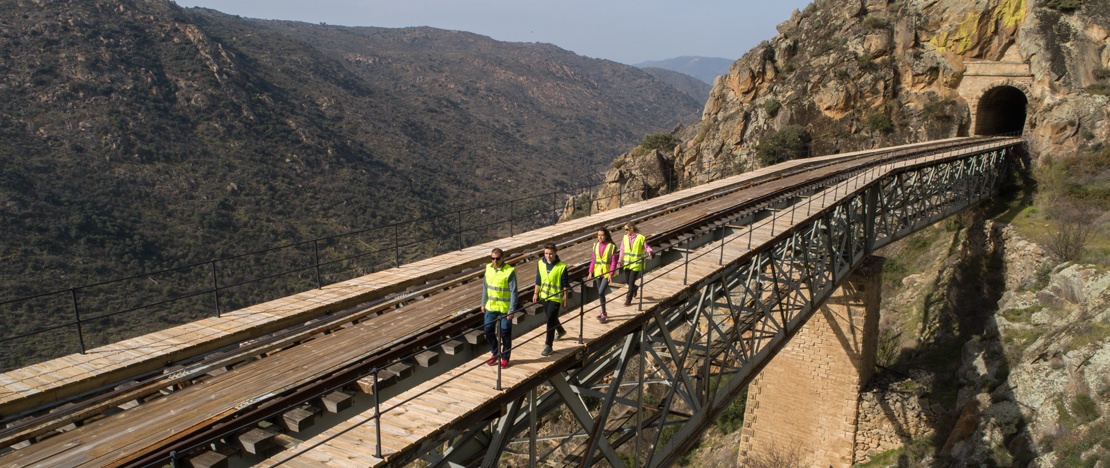
Discover the Camino de Hierro in Salamanca
You will find another clear commitment to sustainable tourism in this area of Castile and Leon, where nature and engineering come together. Specifically, this route stretches along the last 17 kilometres of the old railway line that linked Salamanca to the Portuguese border, and which was inaugurated in 1887. Today, this line is closed and adapted to offer a journey of about six hours that goes through 20 tunnels drilled on the rock and 10 bridges over 500 metres high suspended over gorges.The route begins at La Fregenada Station and ends at the Vega Terrón river dock, the only one in Castile and Leon. The views of river canyons are spectacular, since the route is part of the natural area of the Arrives del Duero Natural Park, and you can see birds of prey such as the golden eagle and the griffon vulture. Another environmental asset is the 12,000 bats resting in one of the tunnels, one of the largest colonies in the Iberian Peninsula. Keep in mind that to carry out this activity you have to book a ticket that includes a reflective vest and flashlight and a shuttle service to La Fregeneda station once you finish the route. More information.
